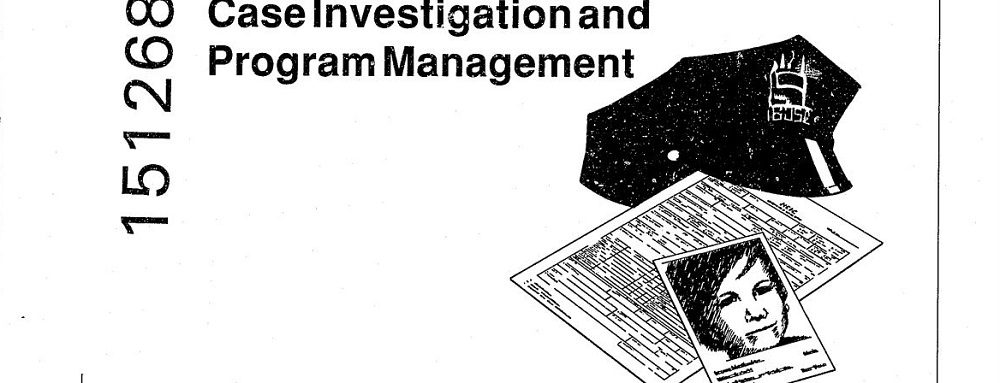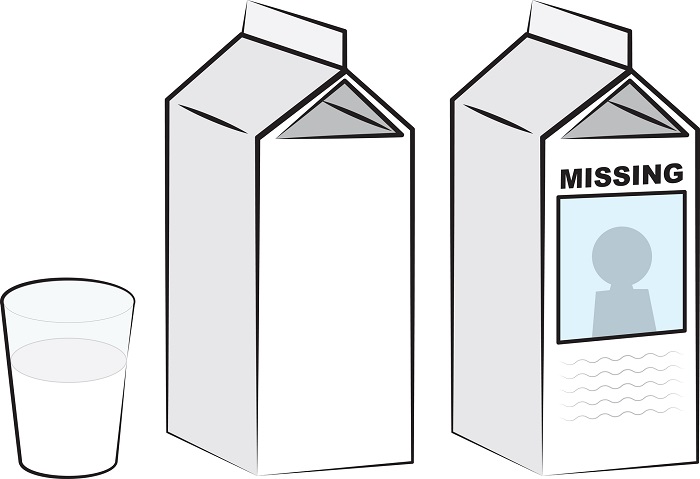The Research Behind Our Story
If you’re my age or older, you might remember a time during the 1980s when the pictures of missing children appeared on the sides of milk cartons. I remember sitting at the kitchen table and asking about those pictures and feeling very apprehensive that a scary stranger might try to kidnap me.
Not long after that, my picture was one of those on the milk cartons. Who knows—if you ever bought milk in those days, maybe you saw my face!
More…
According to Time Magazine (1), the Missing Child Milk Carton Campaign began in 1984—one of the first campaigns conducted by the National Center for Missing and Exploited Children. But by the end of the decade, they phased it out, due to too many complaints from parents and pediatricians about how the pictures scared young children (I can attest to that).
According to the National Incidence Studies of Missing, Abducted, Runaway, and Thrownaway Children, or NISMART (2), most abductions are family abductions, not stranger abductions, and that was the case with us.
In the 1988 NISMART study, they estimated that more than 350,000 family abductions occurred throughout the country each year.
My sister and I were abducted in 1987. In nearly 80% of cases of parent abduction, according to NISMART, the children are found within one month of disappearance. However, we were missing for seven years.
NISMART also found that in family abductions, fathers carry out 53% of the kidnappings. Mothers are the abductors in 25% of the cases, and the rest are other relatives. In our case, our abductor was our non-custodial mother.
The US Department of Justice released a gut-wrenching study called “The Crime of Family Abduction: A Child’s and Parent’s Perspective,” highlighting some painful stories of children who had been abducted by family members. In many cases, these abductions were unjustified and incredibly abusive. (3)
In our case, I consider our abduction to be the best thing that ever happened to us. The study on family abduction by the Department of Justice does acknowledge that sometimes “the abductor is removing the child from real physical and/or emotional threat or injury by the other parent.” In our case, we were both neglected and emotionally abused by our father, and my sister was also physically abused. I cannot imagine what my life would be like now had I grown up in that environment.
During our seven years on the run, we lived in Mexico for five years. I wouldn’t trade this incredible adventure for anything! The experience of moving to a new country and learning a new language and culture laid the foundation for the life of travel that I enjoy today.
In our case, I consider our abduction to be the best thing that ever happened to us.
The FBI did eventually track us down. The Parental Kidnapping Prevention Act of 1980 authorized the use of the Unlawful Flight to Avoid Prosecution warrant—a felony. (4) My mom, charged with this crime and with two counts of first-degree custodial interference, could have spent years in prison. Fortunately, through a plea bargain, they lowered the charge to a gross misdemeanor.
While our mom spent time in jail, my sister and I were forced to live with our dad who apparently did not want us, but enjoyed having control and hurting our mom (as evidenced by his words and actions during our stay with him).
Now that the whole situation is behind us, and has been for a couple of decades, we’re writing the book. It’s our own story, but it’s surprising how much research can go into a memoir. Things like:
- Interviews with the organizations and individuals who searched for us (FBI, National Center for Missing and Exploited Children, or NCMEC)
- Interviews with friends we knew during our time on the run, to refresh our memories and fill in the gaps
- Interviews with friends and relatives who were interrogated by the FBI during our years as fugitives
- Learning what goes into a search effort, by browsing documents such as the Law Enforcement Guide to Missing and Abducted Children (among others)
- Reviewing old court documents
- Perusing old letters, journals, and notes written by various people (including ourselves) during our past
- Reviewing our FBI file and documents from the NCMEC
Kidnapping is a severe measure, and I usually don’t recommend it. It’s much harder these days anyway, what with the proliferation of computers, smartphones, and social media–and much stricter controls on travel and border crossings. But as I hope you have seen, sometimes it’s the least harmful option in a messy situation. The milk carton days are over, but next time you see a missing poster where a parent is an abductor, you may wonder: what’s their side of the story?
If you’re interested in reading our book when it comes out, click the button below and sign up for book updates! I’ll let you know how the writing and publication process is coming along, and of course, you’ll be the first to find out when we release the book!
Sources:http://newsfeed.time.com/2012/04/20/etan-patz-a-brief-history-of-the-missing-child-milk-carton-campaign/http://www.missingkids.com/en_US/documents/nismart2_familyabduction.pdfhttps://www.ncjrs.gov/pdffiles1/ojjdp/229933.pdfMissing and Abducted Children: A Law Enforcement Guide to Case Investigation and Program Management. https://www.ncjrs.gov/pdffiles1/Photocopy/151268NCJRS.pdf
Enter your name and email to receive my newsletter and stay up to date!
We hate spam as much as you. Your email is safe with us.


